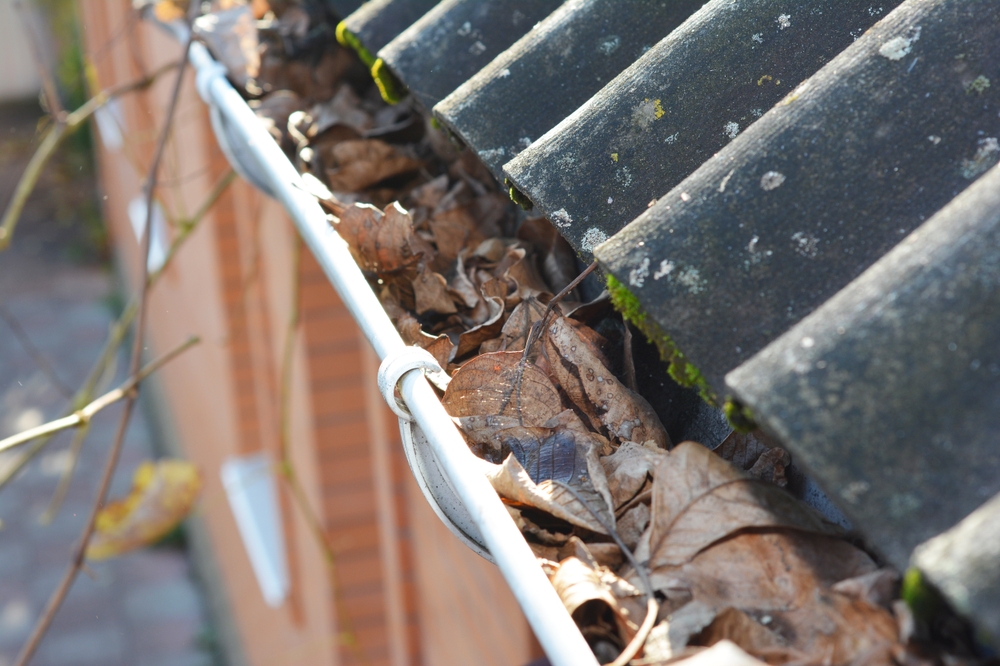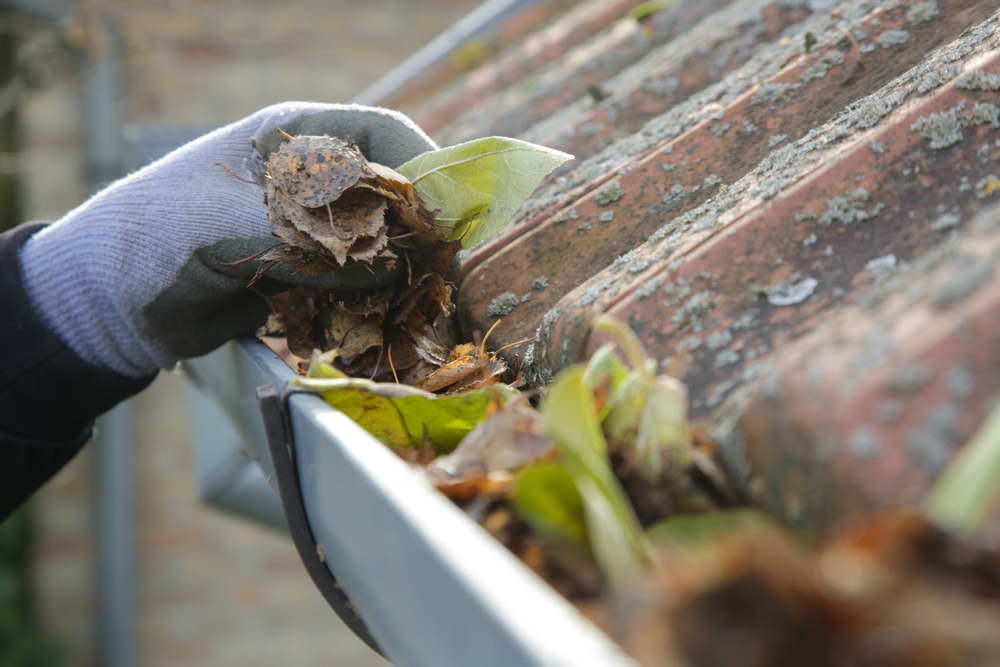
OPEN 7 DAYS
0428 293 619
LOW PRICES
Rainwater that doesn’t flow smoothly through gutter channels can create problems that go unnoticed until they become severe. When blockages or physical damage prevent proper drainage, water can overflow or pool in places it shouldn’t, putting critical parts of your home at risk. Regular checks and an understanding of warning signs help to catch issues early, saving both time and money on repairs.
Failing to address gutter problems promptly can lead to rotting timber, cracked foundations, and mould growth that undermines both the structure and appearance of your home. Moisture creeping into walls can damage paint, degrade plaster, and encourage pests to move in. By recognising common symptoms and taking timely action, you protect your property’s integrity and avoid costly restoration work down the track.

Rain that doesn’t run through the channels properly soon makes itself obvious by betraying issues along the roofline and external walls. Catching these early symptoms can prevent water from finding its way behind cladding or into the home’s framework. Vigilance around downpipes, fascia boards, and ground levels helps to pinpoint exactly where repairs are needed before small leaks become major water ingress.
Gutters that can’t cope with heavy downpours are usually clogged or incorrectly sloped, causing water to pour over the edges. When gutters overflow, the diverted flow begins to erode the ground immediately below, leading to muddy walls and wet patches that invite mould and decay.
Exterior walls that face the eaves are particularly prone to staining if water drips or runs down them repeatedly. Mould thrives in damp, shaded areas, so any continuous wetting will encourage black or green spots that spoil the wall finish and indicate a moisture source high above.
Peeling paint along the roofline reveals that moisture has penetrated the outer protective coatings. With the timber exposed, fungal decay sets in quickly, leading to soft, crumbling wood that may need full replacement if left unattended.
Water should be carried well away from a home’s base, but faulty gutters often direct it close to the footings. Pools of standing water can erode soil under the slab, leading to subsidence cracks in walls and uneven floors that are costly to fix.
Gutters that have become heavy with debris or are rusting at the brackets may pull away from the fascia board. Once gutters sag, water can collect in low spots and overflow back under the eaves, attacking the structure from the inside.
A persistent damp patch on an interior wall often has its origins outside, where gutter leaks allow moisture to creep through the roofline. Recognising this symptom early spares you the expense of replastering entire walls and replacing soaked insulation.

Spotting damage early goes hand in hand with taking prompt action to clear, repair, or upgrade gutter components. A few straightforward maintenance steps can restore correct water flow, protect vulnerable materials, and lengthen the lifespan of your roofline. Where problems are extensive, seeking professional advice ensures work is carried out safely and to a high standard.
A visual check helps to reveal whether channels are clear or if leaves have created a dam. Cleaning isn’t simply about scooping out debris; it also involves washing the internal surface to dislodge fine silt that builds up over time.
Ensuring that gutters are angled correctly towards the downpipe prevents water from pooling in sagging sections. Tightening loose brackets and adding sealant to joints stops small drips that might otherwise go unnoticed until mould starts to grow.
Downpipe extensions channel water several metres away from the foundations, steering it clear of the slab. Without an adequate outlet, even clear gutters can overflow once the downpipe becomes overwhelmed by heavy flow.
Small holes, cracks, and rust spots often expand if left untreated, compromising the integrity of the entire channel. Replacing just the affected runs is quicker and cheaper than renewing the full gutter line, provided the remainder is still in good condition.
Whether you’re dealing with dense foliage from nearby trees or wind-blown debris from Hobart’s changing seasons, installing a gutter guard in Hobart can reduce the need for frequent maintenance and prevent costly water damage. Protective screens, leaf filters, and brush inserts all work to keep debris out of the gutter channel while allowing water to flow freely.
Complex repairs at height pose safety risks and often require specialist tools or knowledge. A qualified gutter installer can also assess whether your roofline sits correctly in relation to walls and recommend durable materials suited to local climate conditions.
Professionals can fit heavy-duty brackets and offer corrosion-resistant aluminium or steel options with warranties. Their expertise ensures that installations meet building standards and perform reliably.
They’ll also inspect adjacent roofing, flashing, and cladding work to catch hidden issues. A comprehensive service protects both external façades and internal structures from water damage.
Rainwater management systems play a critical role in safeguarding a home against moisture-related damage. By recognising the early warning signs (from overflowing channels and stained walls to pooled water around foundations), you gain the power to intervene before small leaks evolve into large-scale repairs. Taking simple steps like routine cleaning, leak sealing, slope adjustment, and downpipe extension installation preserves the integrity of key structural elements and reduces the long-term cost of upkeep.
Addressing gutter issues promptly not only protects timber work, plaster finishes, and garden soils but also contributes to a healthy living environment by preventing dampness and mould growth. Whether you choose to install guards for low-maintenance protection or call in a professional for a comprehensive overhaul, investing in a sound drainage system ensures your home remains secure, stable, and comfortable through every season.